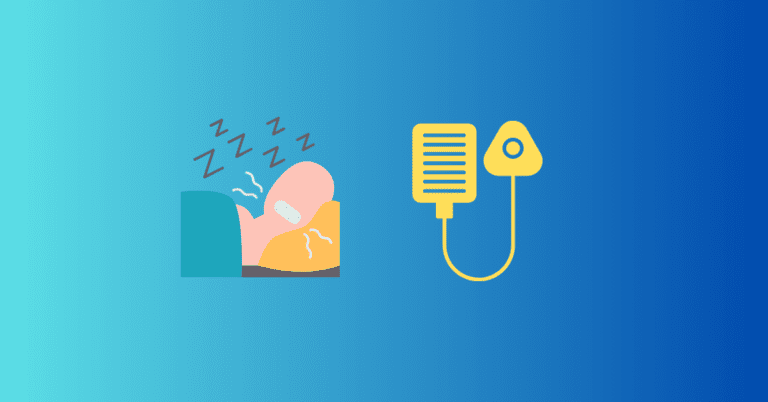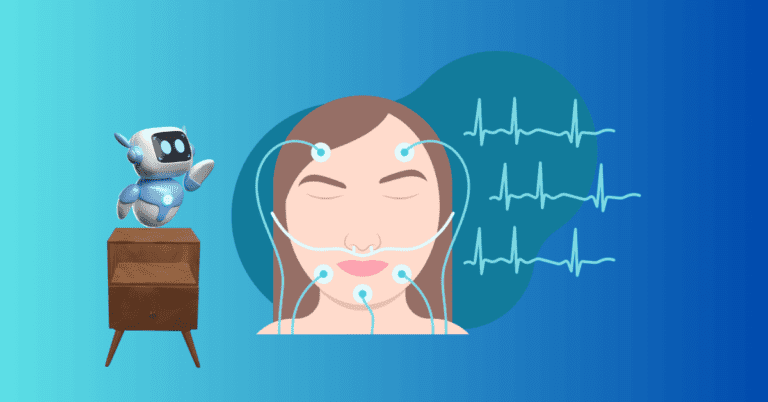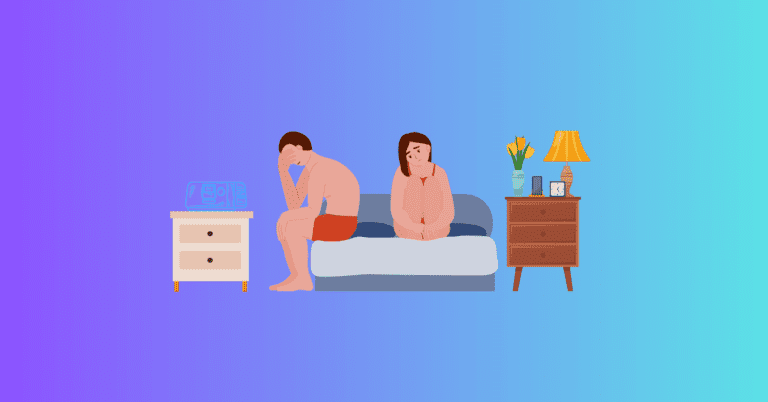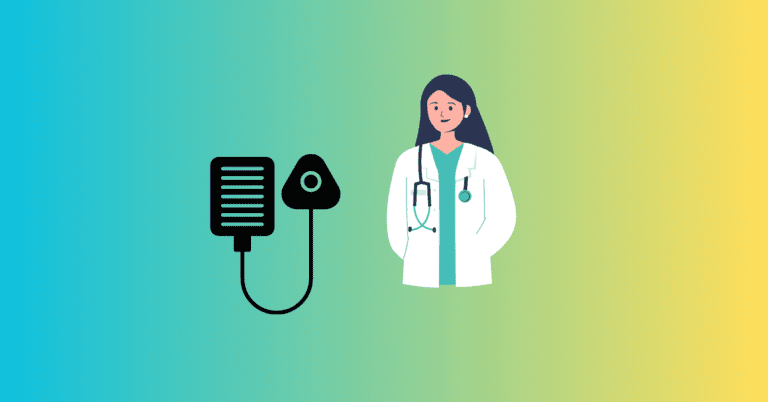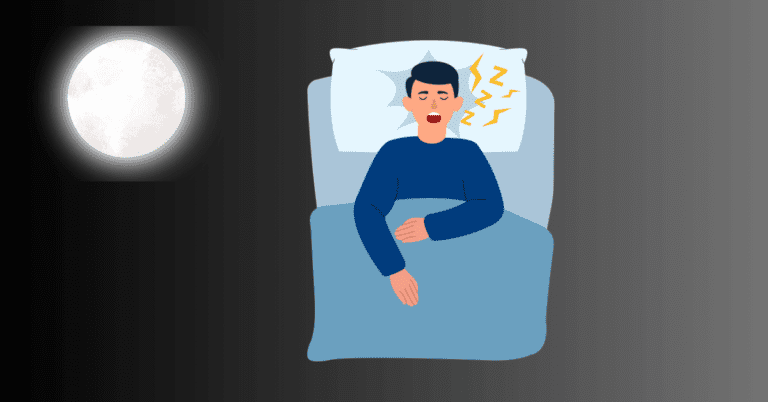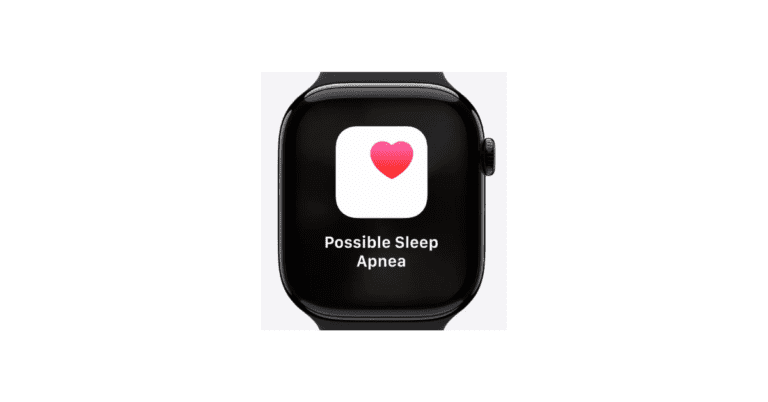How to Sleep Better with Sleep Apnea: The Ultimate Guide
Jeremy Smith is a long-term CPAP user and sleep apnea advocate. After being diagnosed with severe obstructive sleep apnea, he created ByJeremySmith.com to help others navigate CPAP therapy through personal stories, gear reviews, and practical advice.
If you have sleep apnea, you know how frustrating it is to wake up feeling exhausted, even after a full night’s rest.
Untreated sleep apnea disrupts your sleep cycle, leaving you groggy, irritable, and at risk for serious health problems like high blood pressure, heart disease, stroke, and diabetes.
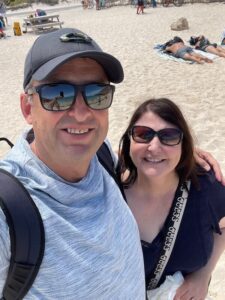
I’ve battled severe sleep apnea myself, and after a few months of trial and error, I’ve found proven ways to improve sleep quality.
In this guide, I’ll cover everything you need to know—from the best sleep positions to the impact of weight loss, diet, alcohol, and smoking.
Best Sleep Positions for Sleep Apnea
The way you sleep can greatly affect your breathing patterns. Some positions help keep your airway open, while others make apnea worse.
1. Best Sleep Position: Side Sleeping (Lateral Position)
✅ Why it works:
- Reduces airway obstruction by keeping the tongue and soft tissues from collapsing into the throat.
- Studies show that side sleeping significantly reduces the number of apnea events per night.
🔹 Best Side for Sleep Apnea?
Sleeping on your left side is ideal because it improves airflow and reduces acid reflux, which can worsen apnea symptoms.
🛏 How to Stay on Your Side:
- Use a body pillow to prevent rolling onto your back.
- Try a positional therapy device, such as a belt, that keeps you from flipping over.
2. Sleeping on Your Back (Supine Position) – Worst for Apnea
🚫 Why it’s bad:
- Gravity pulls your tongue and soft tissues backward, blocking your airway.
- Apnea episodes are more frequent and severe.
💡 If You Must Sleep on Your Back:
- Elevate your head using a wedge pillow or an adjustable bed to keep your airway open.
- Consider a CPAP pillow designed to support your head without obstructing your mask.
3. Stomach Sleeping (Prone Position) – A Mixed Bag
🤔 Pros:
- It can help keep the airway open by preventing the tongue from falling backward.
- Reduces snoring in some people.
- I always sleep on my side. I’ve found sleeping on my back difficult using CPAP.
❌ Cons:
- It can cause neck and back strain.
- May be uncomfortable with a CPAP mask.
How Weight Loss Affects Sleep Apnea Severity
Excess weight is one of the biggest risk factors for obstructive sleep apnea (OSA). Losing weight—especially around the neck—can dramatically improve symptoms.
Why Weight Loss Helps:
- Reduces Fat Around the Neck – Excess fat tissue can narrow the airway, increasing blockages.
- Decreases Inflammation – Obesity leads to systemic inflammation, which worsens airway swelling.
- Improves Lung Volume – Losing weight enhances lung function, allowing for better airflow.
How Much Weight Loss Makes a Difference?
Even losing 10% of one’s body weight can significantly reduce the severity of sleep apnea. Some studies show that a 15% weight reduction can even eliminate sleep apnea in certain cases.
Best Ways to Lose Weight for Sleep Apnea
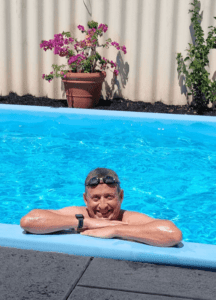
- Follow a low-inflammatory diet (more on this below).
- Exercise regularly, focusing on both cardio and strength training.
- Improve sleep hygiene—poor sleep increases cravings for junk food and slows metabolism.
🚨 Note: Weight loss is beneficial but not a replacement for CPAP therapy. Even thin people can have sleep apnea!
Foods That Make Apnea Worse — and What to Eat Instead
Your diet plays a huge role in inflammation and airway health. Some foods make apnea symptoms worse, while others help reduce inflammation and improve breathing.
Foods to Avoid:
🚫 Dairy Products – Milk, cheese, and yogurt can increase mucus production, leading to nasal congestion.
🚫 Refined Carbs and Sugar – Causes inflammation and weight gain, which worsens apnea.
🚫 Fried & Processed Foods – High in trans fats that increase inflammation and disrupt metabolism.
🚫 High-Fat Meats – Bacon, sausage, and fatty cuts of beef can increase airway inflammation.
🚫 Alcohol & Caffeine (Especially at Night) – Alcohol relaxes throat muscles, while caffeine disrupts sleep cycles.
What to Eat Instead:
✅ Anti-Inflammatory Foods – Leafy greens, berries, nuts, and fatty fish (salmon, sardines).
✅ High-Fiber Foods – Whole grains, beans, and lentils to stabilize blood sugar and promote weight loss.
✅ Magnesium-rich foods – Bananas, avocados, and almonds help relax airway muscles naturally.
✅ Hydrating Foods – Cucumbers, watermelon, and celery to reduce mucus buildup.
💡 Bonus Tip: Try golden milk (turmeric + warm almond milk) before bed—it’s anti-inflammatory and promotes relaxation.
How Alcohol and Smoking Impact Sleep Apnea
Alcohol and Sleep Apnea: A Dangerous Combo
🍷 Why Alcohol Makes Sleep Apnea Worse:
- Relaxes throat muscles too much, making airway collapse more likely.
- It suppresses breathing response, making apneas longer and more dangerous.
- Decreases REM sleep, leaving you more tired the next day.
📉 How Much Alcohol Is Safe?
- Avoid drinking at least 3 hours before bed to reduce its impact on sleep apnea.
- Stick to 1 drink per day (women) or 2 drinks per day (men)—but ideally, cut it out completely.
Smoking and Sleep Apnea: A Double Threat
🚬 Why Smoking Worsens Sleep Apnea:
- Increases airway inflammation and mucus production, making breathing harder.
- Reduces oxygen levels in the blood, making apnea episodes more severe.
- Damages lung function, worsening overall sleep quality.
💡 Quitting Smoking Helps Quickly
Studies show that people who quit smoking see a reduction in sleep apnea symptoms within weeks.
🔹 Need Help Quitting?
- Try nicotine patches or gum to ease withdrawal symptoms.
- Consider behavioral therapy or support groups for long-term success.
Final Thoughts: Take Control of Your Sleep Apnea
Managing sleep apnea is about more than just using a CPAP machine. You can dramatically improve your sleep quality by improving your sleep position, losing weight, eating the right foods, and avoiding alcohol and smoking.
I’ve personally seen a night-and-day difference by making these changes. Since optimizing my sleep habits, my apnea events have dropped, and I wake up feeling more rested than ever.
Your Next Steps:
✔️ Switch to side sleeping for better airflow.
✔️ Make small diet changes to reduce inflammation and mucus buildup.
✔️ Lose even a little weight—it can make a huge difference!
✔️ Avoid alcohol and quit smoking for better oxygen levels at night.
If you’re ready to sleep better, start by making one small change today—your body will thank you!
Disclaimer: The content on this blog is for informational and educational purposes only and is not a substitute for professional medical advice. Always speak with your doctor or sleep specialist before starting, stopping, or changing any treatment or therapy related to sleep apnea or CPAP use.
